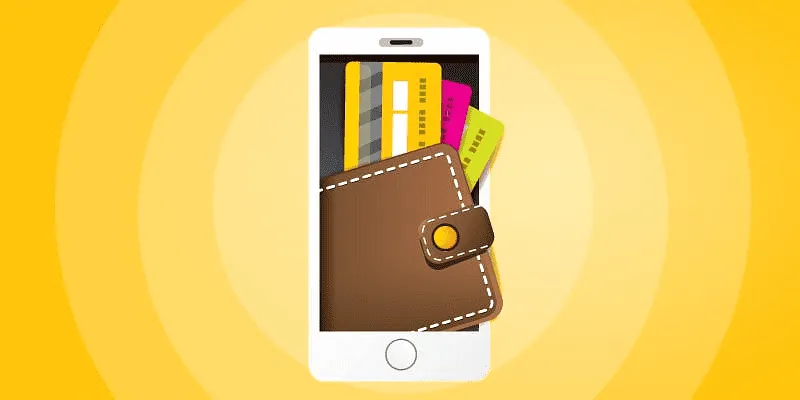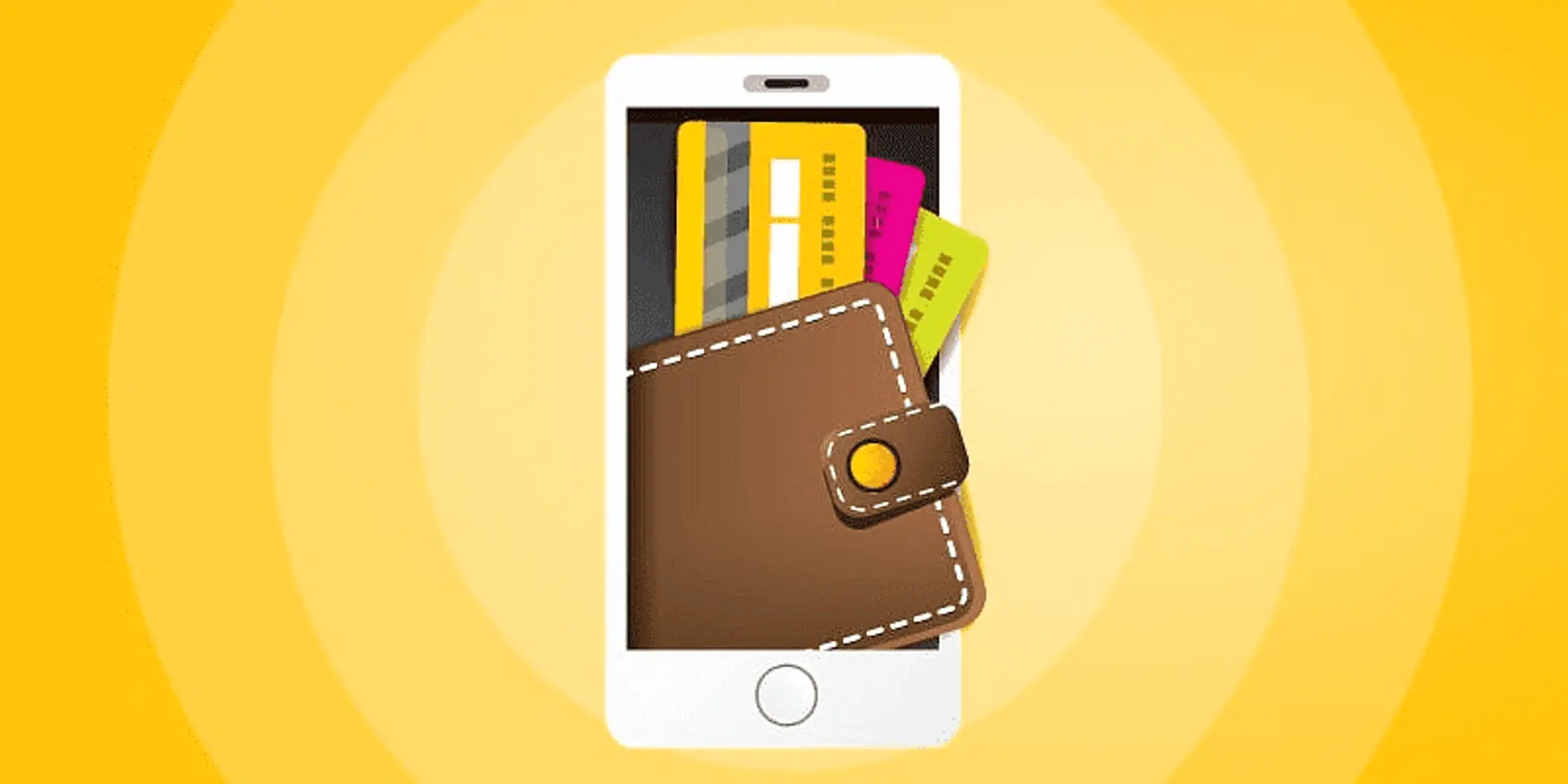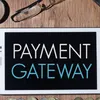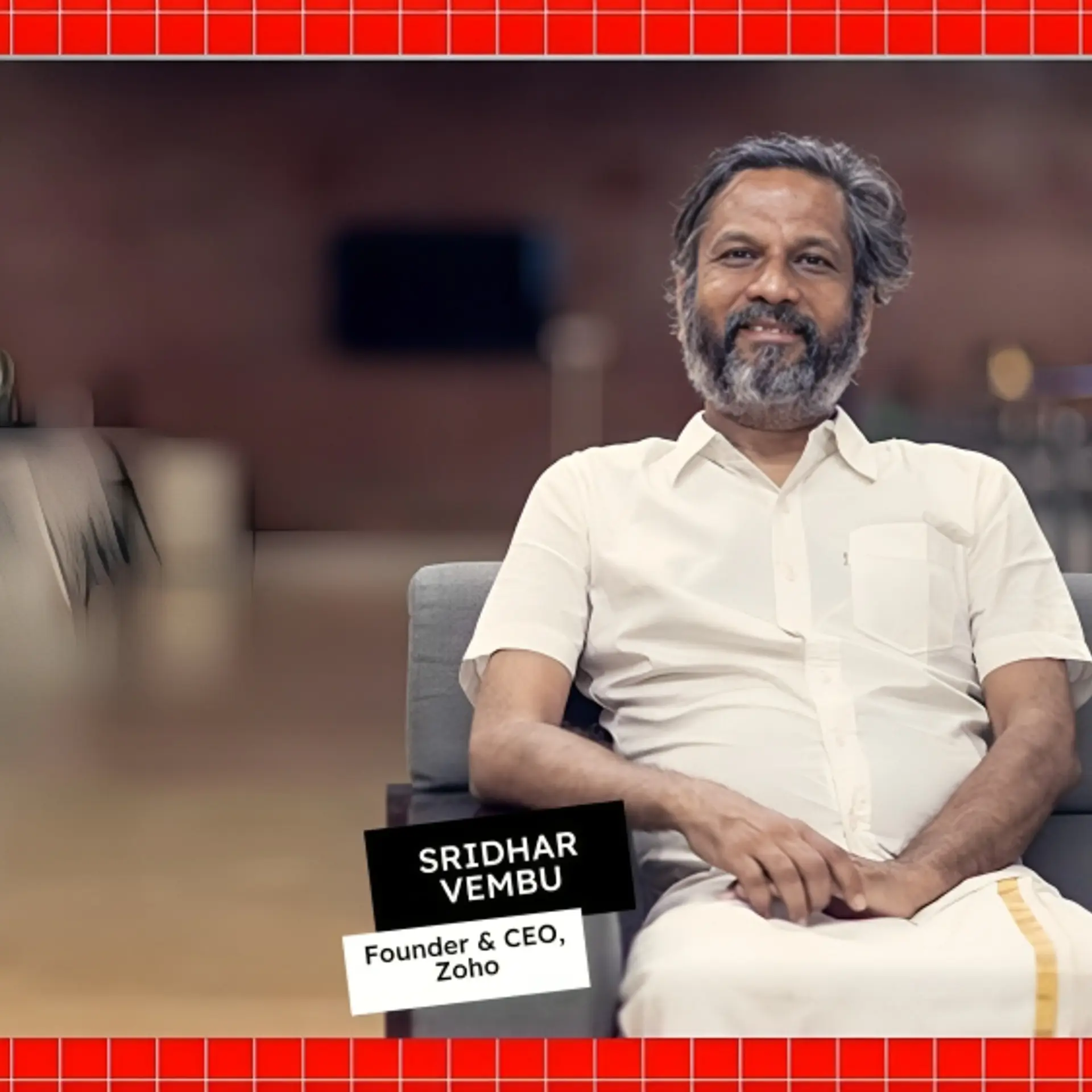Why the COVID-19 pandemic is the perfect opportunity to embrace digital payments
COVID-19 is an opportunity waiting to be explored when it comes to adopting and managing payment instruments. These steps will help us say yay to digital and nay to cash and cheques.
A pandemic like COVID-19 shakes the entire economy of any country, from businesses, stock markets, tourism, and other industries, and batters the day-to-day lives of civilians.
Most cities are in a state of lockdown, which has converted buzzing hubs into ghost towns. When this happens, with the mass hysteria, you have a situation where everyone fears the worst, stock-piling essentials and groceries and – yes - running out of cash.
But an important question is: do we really need cash?
In November 2016, when the Indian government announced the momentous ‘demonetisation’ of all Rs 500 and Rs 1,000 currency notes, the till-then, not-so-preferred digital payments infrastructure, including mobile wallets, PoS (debit and credit cards) and UPI transactions, went through the roof.

The entire country learnt to live and get on with their lives without cash. And unlike the current situation, there was no dearth of digital payment solutions. alone went from 125 million subscribers before demonetisation to over 185 million after (a staggering growth of 48 percent in three months), eventually snowballing to 280 million a year later.
The problem of essentials never existed, and it was a win-win situation for everyone.
Shifting user loyalties
The demonetisation period was a classic case of acclimatisation - users quickly shifted loyalties and all claims of India being a “çash economy” were proved wronged.
It’s about human psychology. If something works like a charm without costs and too much effort, it will be adopted in the blink of an eye. But wasn’t it also a classic case of “problem of plenty”?
While catapulted the launch and seamless operations of most fintechs in this space, all of them realised that there was a share in this enormous pie for everyone, provided there was simplicity and enough incentives on offer.
We may consider it convenience of consumers, but we have to keep in mind convenience at acceptance as well. Paytm, Freecharge, , and the likes did a marvellous job of tapping businesses and providing friendly solutions that would go on to make them the backbone of this digital revolution.
What changes for us now?
COVID-19 presents a peculiar situation in terms of managing payment instruments. True, post-demonetisation, digital acceptance plateaued and cash was back in the game, but the fantastic infrastructure is still there.
Fomites (objects or materials likely to carry infection) are a major cause of spread of the virus, and cash/cheques cannot be ruled out. These instruments are handled by dozens, from initiating the payment till the instrument is finally realised.
In South Korea, a single person was responsible for infecting 5,000+ people. Do we really need the risk of fomites? That too with an instrument like cash, that changes hands more than 500 times in a two-year period?
For businesses, the situation is graver as payments predominantly have been in the form of cheques, largely because of psychology and recourse. Logistically, these instruments are still hand delivered or collected, and deposited in banks on a daily basis, a practice that can serve as a catalyst in the radical spread of this disease.
Despite robust platforms and channels available to these businesses to use cards and electronic payments, they still rely on such archaic instruments. Imagine a situation where a business issues around 100 cheques a day, and if the individual writing these cheques is infected. A single infected case infecting two more will lead to, hold your breaths, 16,384 active cases in two weeks!
A lot of effort has to be put in to get everyone up this curve, and I personally think the following steps will help us in embracing digital payments and ruling out cash and cheques as go-to instruments:
1. Education
Consumers should be aware that paying digitally is no different than paying by cash. The outcome remains the same. Plus, India is a land of great incentives and cashbacks. We need to make the most of it.
2. Security
Most of the times, we discount digital models on the grounds of being “too risky”. We need to understand risks associated with cash as well. There is absolutely no recourse if cash is lost, stolen, or turns out bad (torn, or worst counterfeit). We have lived that tale.
All fintechs should keep assaying their systems for potential threats and risks, and be transparent with their customers.
The government, RBI, and schemes such as NPCI, Visa, and MasterCard have done a wonderful job in relaying this message to everyone in the country.
3. Engagement
Making digital payments fun and engaging is a critical element in the success of the model. Cash has the eternal advantage of touch, feel, and anonymity. How does a wallet or UPI go one up?
Google Pay hinged its strategy on incentivising through gamification. Consumers got hooked on to the app for the ‘fun’ elements and cashbacks more than just using it for making payments. As of August 2019, GPay had 60 percent of the UPI market share, beating the likes of Paytm and PhonePe.
4. Convenience
The payment application or channel should be convenient to adopt, use, and, yes, keep using. The human brain is remarkable. It can store years and years of data and perform complex tasks, but snaps if troubled too much when it comes to having patience in an application journey.
That’s where GPay again hit home run. It performed most of the tasks itself in a simple manner, asking the user for little. Who doesn’t like it when the rewards and outcome are disproportionate to the efforts? GPay exploited this to the maximum, making it extremely convenient for users and creating that stickiness.
5. Availability
While we speak about users adopting digital payments, and lay emphasis on security, engagement, and convenience, it would be a disaster if the acceptance infrastructure was poor and unavailable.
The question to ask then is: I can pay by an app or UPI, but whom do I pay? I have come across merchants in upmarket areas who still accept only cash. While that may be your DNA, gone are the days when you don’t stand the risk of losing out on business or disappearing into oblivion because of this.
Consumers carry multiple mobile payment applications with them today, and it’s fatal to not be accepting even one. The government has taken measures to ensure mandating acceptance at merchant outlets, but to carry the baton of this mandate and make it happen is on us.
The current situation of lockdown and isolation has, in a way, stamped this mandate, and with authority. Cash has lost its significance, to the point of becoming useless. People can’t get out, can’t withdraw money; forget writing cheques.
Countries like South Korea said they were taking all banknotes out of circulation for two weeks – and burning some - to reduce the spread of the virus, according to Reuters.
Accepting and paying digitally is the new order, and we need to stick to it, we need to make it a norm, a culture. It has tremendous advantages and the potential to function in a well-oiled fashion if we all come together.
India is leading the digital payment curve globally and it’s a matter of time before we move to complete acceptance.
GODIG-2020 is the new mantra, and we may have found the cure to fight cash/cheque payments in the COVID-19 era!
It is authored by Mr. Ashwin Shenoy, VP Sales- CEMEA, .
Edited by Teja Lele
(Disclaimer: The views and opinions expressed in this article are those of the author and do not necessarily reflect the views of YourStory.)








